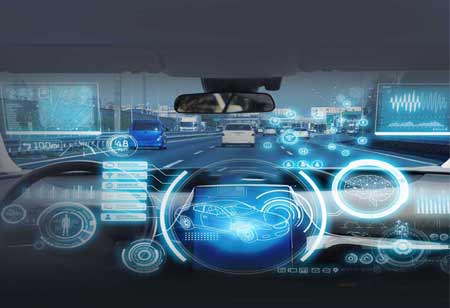Mitigating the risk factors in the cyberattacks is crucial while enforcing enhanced security in the automotive sector for an efficient future ahead.
FREMONT, CA: As a soaring threat within varied industries, cyberattacks have likely encircled the vulnerabilities in the domain, and the automobile sector is no exception. These threats ought to be addressed and rectified efficiently to achieve efficacy in the sector, as they have a serious impact on automakers, automotive fleets, and consumers. Hence, minimising these risks is crucial to outsmarting cybercriminals, who often seek to capitalise on the sector’s vulnerabilities.
One element driving these potential threats in the sector are connected cars, where vehicles meticulously feature connectivity, including autonomous attributes, enabling an easy entry point for attackers that may cause serious damage. Furthermore, with self-driving vehicle sales expected to reach nearly one million units, the threat scale is rising, opening up vulnerabilities in addition to the risks inherent in connected manufacturing processes. As a result, various trends in automotive security management are on the rise to effectively combat cyber attacks in the sector.
For instance, techniques like securing manufacturing processes, have likely gained momentum in recent years. Securing Industry 4.0 systems in their manufacturing plants has become a mere necessity for automakers, as designating a dedicated security coordinator is a critical pilot measure in transportation security, enabling the former to effectively address site-specific risks. Hence, making feasible transitions in segmentation networks is essential, as running on separate systems from more sensitive endpoints and data for the prevention of lateral movements has become a mere characteristic for IoT devices, in addition to encryption of IoT communications and changing default passwords.
Therefore, manufacturers ought to update systems consistently following an update of anti-malware software. Meanwhile, restricting user access and training all employees on effective security policies are critical for an efficient tackling of potential threats. Alongside this, the threat landscape is constantly evolving, so conducting regular penetration tests is crucial for automakers to enforce security in the domain.
Similarly, remediating the vulnerabilities in the vehicles is comparatively pivotal in ensuring the safety of the automotive industry, due to which the traffic safety administrations of regions all over Europe are proposing varied protection methods for connected cars. For instance, risk-based identification and its protection processes for vehicle systems are crucial for the safety of passengers, in addition to rapid detection and response systems. In this regard, architectures used in mitigating potential breaches in automotive security practice frequently delay the risk factors meticulously involved in attacks.

 Copyright © 2025 AutoTech Outlook. All Rights Reserved | Privacy Policy | Subscribe | Sitemap | About us | Feedback Policy | Editorial Policy
Copyright © 2025 AutoTech Outlook. All Rights Reserved | Privacy Policy | Subscribe | Sitemap | About us | Feedback Policy | Editorial Policy